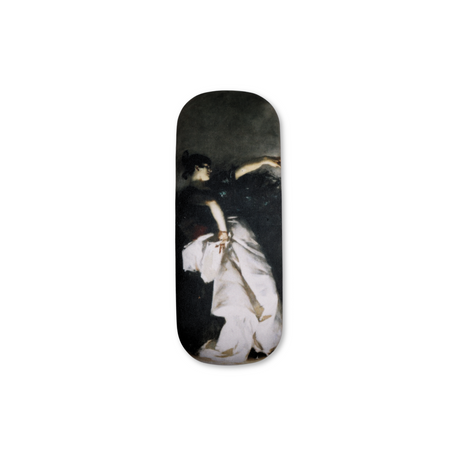FiltersFilter & Sort
- $1695Unit price /Unavailable
- $1695Unit price /Unavailable
- $1600Unit price /Unavailable
- $2495Unit price /Unavailable
- $2600Unit price /Unavailable
- $600Unit price /Unavailable
- $1000Unit price /Unavailable
- $2000Unit price /Unavailable
- $4700Unit price /Unavailable
- $16000Unit price /Unavailable
- $4500Unit price /Unavailable
- $1895Unit price /Unavailable
- $895Unit price /Unavailable
- $950Unit price /Unavailable
- $1800Unit price /Unavailable
- $8495Unit price /Unavailable
- $5500Unit price /Unavailable

















